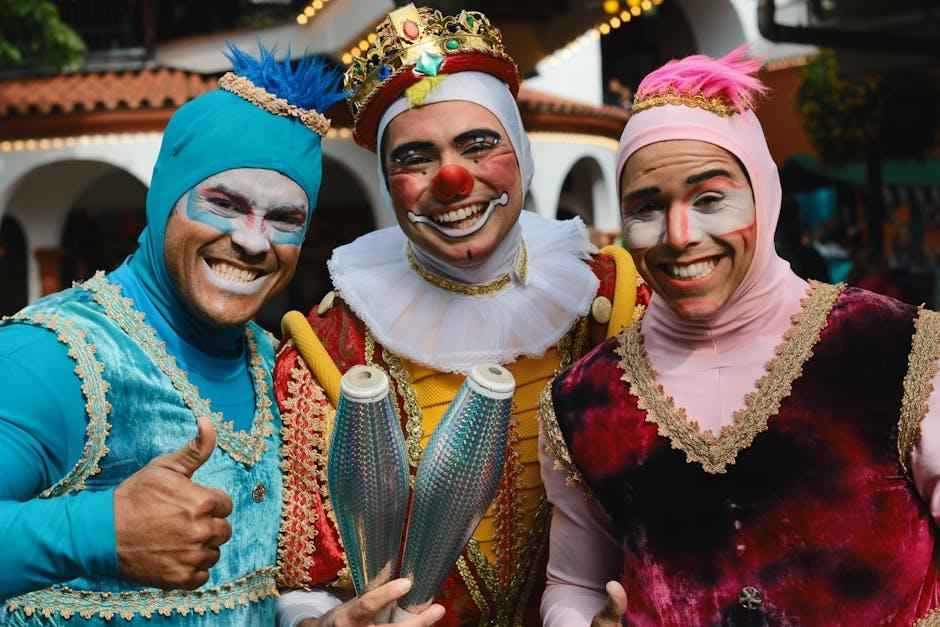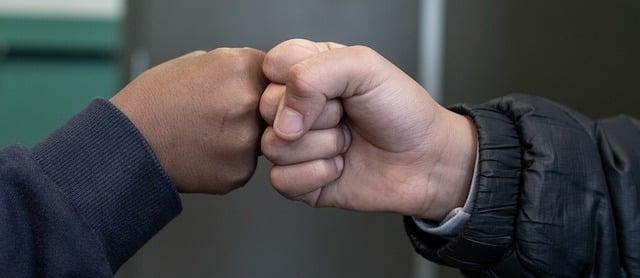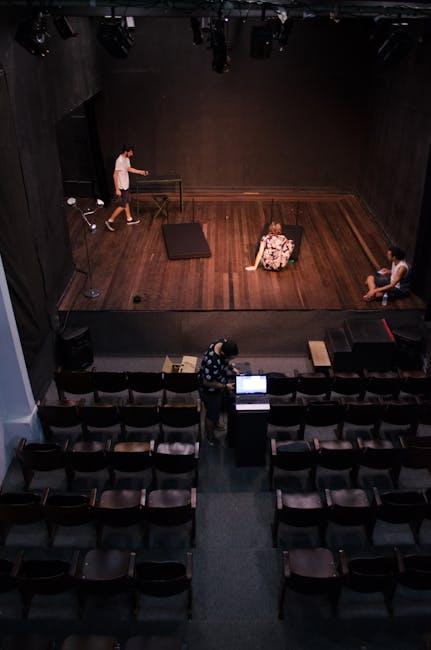In the realm of cinema, the creation of an iconic character is often perceived as a singular artistic triumph. However, beneath the surface of this achievement lies a dynamic and intricate collaboration between actors and directors. This partnership is a delicate dance of creative exchange, where vision and interpretation coalesce to breathe life into unforgettable personas. By examining the methods and nuances of this collaborative process, we uncover how actors and directors together navigate the complexities of character development, transforming scripted words into living, enduring legacies on screen. Through an analytical lens, this article delves into the strategies and dialogues that underpin these successful collaborations, offering insights into the alchemy that transforms potential into cinematic legend.
Understanding the Director-Actor Dynamic
The relationship between a director and an actor is a delicate dance of vision and interpretation. Directors often come with a clear vision of the story they want to tell, but it’s the actors who breathe life into the characters. This collaboration requires a deep mutual understanding and respect. Directors provide the framework, guiding actors through the narrative’s emotional landscape, while actors bring their unique instincts and creativity to the table, exploring different facets of their characters.
- Communication: Open dialogue is essential for aligning on character goals and motivations.
- Trust: Both parties must trust each other’s expertise and instincts.
- Flexibility: Willingness to adapt and explore new directions can lead to unexpected brilliance.
By merging the director’s vision with the actor’s personal touch, the duo can craft performances that resonate deeply with audiences, creating characters that become unforgettable.

Crafting a Shared Vision for Character Development
In the realm of cinema, the synergy between actors and directors is paramount in breathing life into characters that linger in our collective memory. Crafting a shared vision involves a meticulous dance of communication and creativity, where both parties bring their unique insights to the table. Directors often have a bird’s-eye view of the narrative, guiding actors through the emotional and thematic landscapes of the story. Meanwhile, actors delve into the psyche of their roles, offering fresh perspectives and nuances that can transform a character from mere script to a living, breathing entity.
- Collaborative Workshops: These sessions allow actors and directors to explore character motivations, experiment with dialogue, and refine interactions.
- Open Dialogue: Encouraging ongoing discussions ensures that both actor and director are aligned in their vision, fostering a dynamic creative process.
- Improvisational Techniques: Utilizing improv can unearth unexpected dimensions of a character, providing a deeper, more authentic portrayal.
Ultimately, this partnership is about trust and mutual respect. When actors and directors work in harmony, they create characters that resonate deeply, leaving a lasting impact on audiences worldwide.
Techniques for Effective Communication and Feedback
- Active Listening: One of the most crucial techniques is active listening, where both actors and directors engage in a dialogue that goes beyond mere words. This involves interpreting non-verbal cues, understanding underlying emotions, and appreciating the creative vision. Through attentive listening, actors can absorb the director’s insights, leading to a more nuanced portrayal of the character.
- Constructive Feedback: Providing feedback that is specific and actionable is key. Directors often use a combination of positive reinforcement and constructive criticism to guide actors. By focusing on what works and what needs improvement, actors can refine their performances without feeling discouraged.
Collaborative Exploration: Actors and directors often engage in joint exploration of the character’s backstory, motivations, and emotional arc. This collaborative approach allows for a shared understanding and a unified vision. Techniques such as improvisation and character workshops can be employed to explore different facets of the character, encouraging creativity and flexibility.
Empathetic Communication: Empathy plays a significant role in effective communication. Directors who demonstrate empathy can create a safe space for actors to express vulnerabilities and experiment with their roles. This empathetic approach fosters trust, enabling actors to push boundaries and deliver iconic performances.

Strategies for Building Authentic and Memorable Performances
In crafting performances that resonate, actors and directors engage in a dynamic dance of creativity and trust. Open dialogue is paramount, allowing actors to explore their characters’ motivations while directors provide a vision that guides the narrative. This collaboration often involves:
- Character Workshops: These sessions allow actors to delve deeply into their roles, experimenting with different interpretations and nuances.
- Improvisational Exercises: By stepping outside the script, actors discover unexpected facets of their characters, bringing spontaneity and authenticity to their performances.
- Feedback Loops: Constructive feedback from directors helps refine performances, ensuring each scene aligns with the overall vision.
Directors serve as both mentors and collaborators, fostering an environment where actors feel empowered to take creative risks. This synergy is the foundation for performances that are not only memorable but also profoundly genuine.

